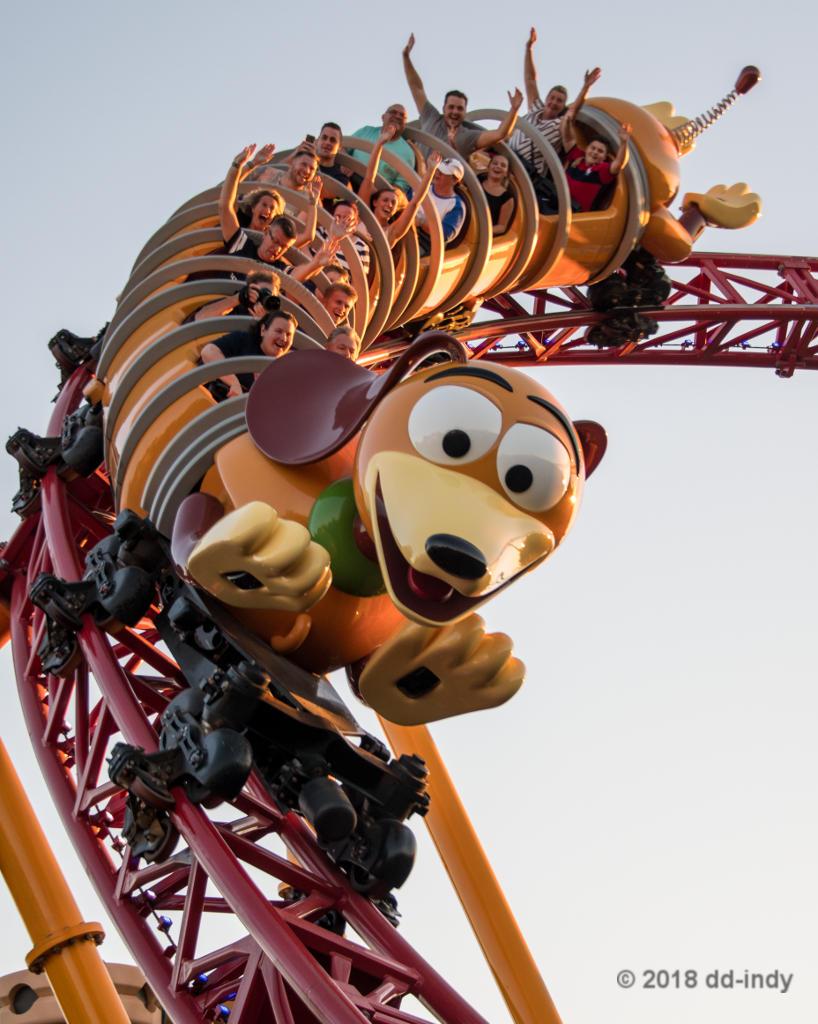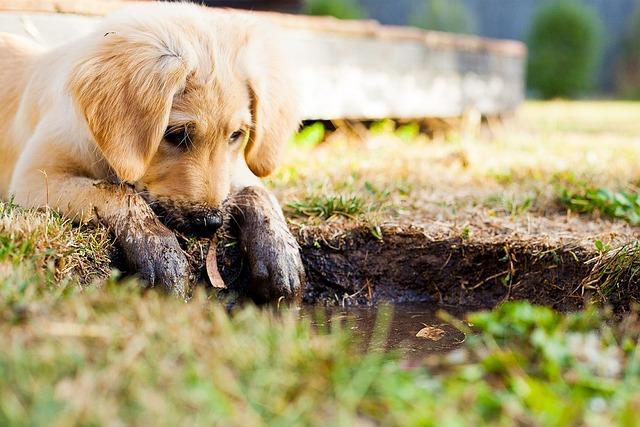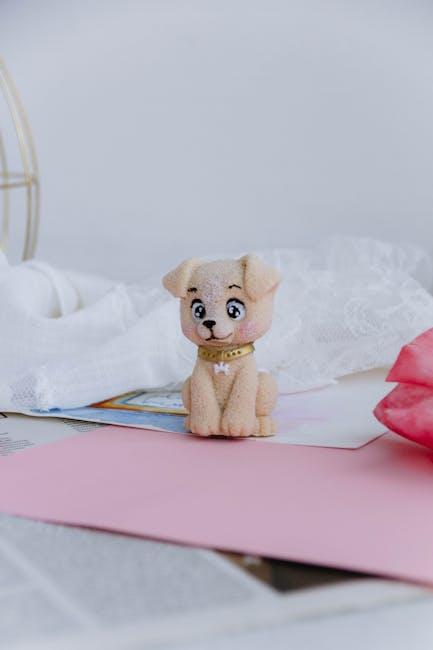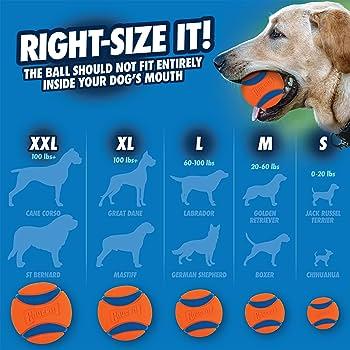Choosing the right size toy for your dog is more than just a fun shopping decision—it’s an essential part of ensuring your furry friend’s happiness and safety. Whether your pup is a playful puppy or a mature companion, the right toy can provide mental stimulation, physical exercise, and endless joy. However, selecting a toy that is too small can pose a choking hazard, while one that is too large may be difficult for your dog to enjoy. In this guide, we’ll walk you through the key considerations and practical tips for picking the perfect toy size, so you can make informed choices that keep your dog both entertained and secure. Let’s dive into the delightful world of dog toys and discover how to tailor your selection to fit your pet’s unique needs.
Understanding Your Dogs Size and Play Style
Every dog is unique, with its own size and play style, making it essential to choose toys that match their specific needs. When selecting a toy, consider the following factors to ensure it’s a perfect fit for your furry friend:
- Size Matters: The toy should be proportionate to your dog’s size. A toy that’s too small could pose a choking hazard, while one that’s too large might be difficult for them to play with. As a rule of thumb, the toy should be large enough to prevent swallowing but small enough for them to carry comfortably.
- Play Style Preferences: Does your dog love to chew, fetch, or snuggle with their toys? Identifying their play style can guide you in choosing the right type of toy. For instance, tough rubber toys are great for aggressive chewers, while plush toys might be better suited for dogs who enjoy gentle play.
- Durability: Consider how long the toy will last based on your dog’s play habits. If your dog is a heavy chewer, opt for toys made from durable materials like nylon or rubber that can withstand their enthusiasm.
By paying attention to these aspects, you can select toys that not only keep your dog entertained but also ensure their safety and enjoyment during playtime.

Selecting Toys for Puppies vs. Adult Dogs
When choosing toys for your furry friend, it’s essential to consider their age and energy level. Puppies are in a phase of rapid growth and exploration, requiring toys that can withstand their teething and boundless curiosity. Look for toys that are:
- Made of durable yet soft materials to soothe their gums.
- Colorful and engaging to stimulate their developing senses.
- Small enough for their tiny mouths but large enough to prevent swallowing.
These toys not only help with teething discomfort but also aid in developing coordination and play skills.
On the other hand, adult dogs have different needs and play preferences. Their toys should cater to their matured jaws and established habits. Consider options that are:
- Sturdy and built to withstand powerful bites and tugging.
- Interactive, to keep them mentally stimulated and physically active.
- Appropriately sized, ensuring they’re neither too small nor too large for safe play.
Selecting the right toys for adult dogs helps maintain their dental health and encourages a healthy, active lifestyle.

Safety First: Ensuring Toys Are Durable and Non-Toxic
When selecting a toy for your furry friend, it’s essential to prioritize their safety by choosing options that are both durable and non-toxic. Durability is key, as dogs often engage in vigorous chewing and playing, which can quickly break down toys that aren’t built to last. Look for toys made from sturdy materials such as rubber or nylon that can withstand your dog’s playful nature. Avoid toys with small, easily detachable parts that could pose a choking hazard.
- Inspect the materials: Ensure the toy is free from harmful chemicals like lead, phthalates, or BPA.
- Check for sturdy construction: Opt for toys with reinforced seams and high-quality stitching.
- Consider the play style: Choose toys appropriate for your dog’s play habits, whether they love to fetch, chew, or tug.
By focusing on these safety aspects, you can ensure that your dog’s toys are not only fun but also safe for them to enjoy. Always supervise playtime, and regularly inspect toys for any signs of wear and tear, replacing them as necessary to maintain a safe play environment.

Matching Toy Size to Your Dogs Breed and Chewing Habits
Choosing the right toy size for your furry friend involves understanding both their breed and their chewing habits. Dogs come in all shapes and sizes, and so should their toys. A toy that’s too small might be a choking hazard, while one that’s too large could be cumbersome and unappealing. Start by considering your dog’s breed. Smaller breeds like Chihuahuas and Pomeranians will typically enjoy petite toys that fit comfortably in their mouths. Conversely, larger breeds such as Labradors and German Shepherds need robust, bigger toys that can withstand their powerful jaws.
Beyond breed, observe your dog’s chewing habits. Gentle chewers may prefer soft, plush toys that they can cuddle with and lightly chew. Moderate chewers might enjoy rubber or rope toys that offer a bit more resistance. For the aggressive chewers who seem to destroy everything in sight, opt for durable, heavy-duty toys specifically designed to withstand intense chewing. Look for labels like “indestructible” or “chew-resistant” when shopping. By matching toy size and type to your dog’s specific needs, you ensure not only their safety but also their entertainment and satisfaction.

